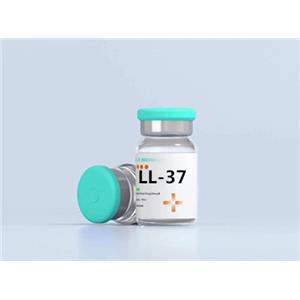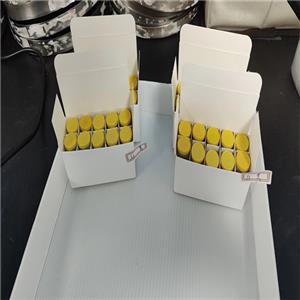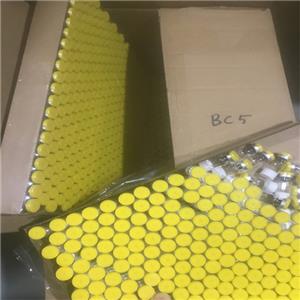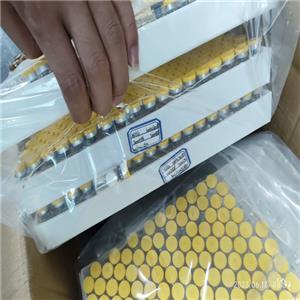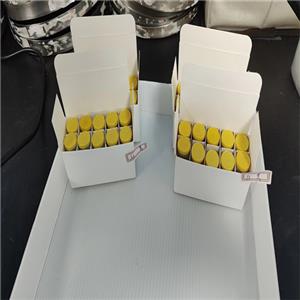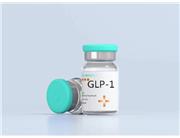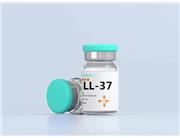1. Introduction
The innate immune system plays a crucial role in protection against microbes, as well as in the initiation of inflammatory responses. Antimicrobial peptides (AMPs) constitute an important component of innate immunity against bacteria, fungi, protozoal, and viral infections [1,2,3]. In addition, AMPs exert numerous immunomodulatory properties by inducing cytokine production, chemoattraction, and immune cell differentiation, thus linking innate to adaptive immunity [4,5,6,7]. Three major AMP classes are the cathelicidin, β-defensins, and S100 proteins. Cathelicidins are a family of α-helical peptides containing LL-37 [8,9]; β-defensins are a family of β-sheet peptides containing human beta-defensin (hBD)1, hBD2 [10], and hBD3 [11]; and S100 proteins contain S100A7 (psoriasin), which is abundantly expressed in psoriatic skin [12,13]. Similarly α-, β-, θ-defensins, including HNP1-3, human defensins (HD)5, and cathelicidins, have been shown to have antiviral effects against several viral diseases, including herpes simplex virus (HSV) types 1 and 2, human immunodeficiency virus (HIV), cytomegalovirus (CMV), and vesicular stomatitis viruses [2,14,15]. AMPs can be produced by a variety of cell types, including keratinocytes, neutrophils, monocytes, and macrophages. AMPs are scarcely expressed in normal skin, but their expression increases when skin is injured by external factors, such as trauma, inflammation, or infection [16]. The aberrant expression of AMPs can lead to uncontrolled inflammation in autoimmune diseases, like psoriasis and lupus erythematosus (LE) [17,18,19,20,21,22], and may accelerate viral infections [23].

 China
China
